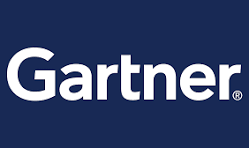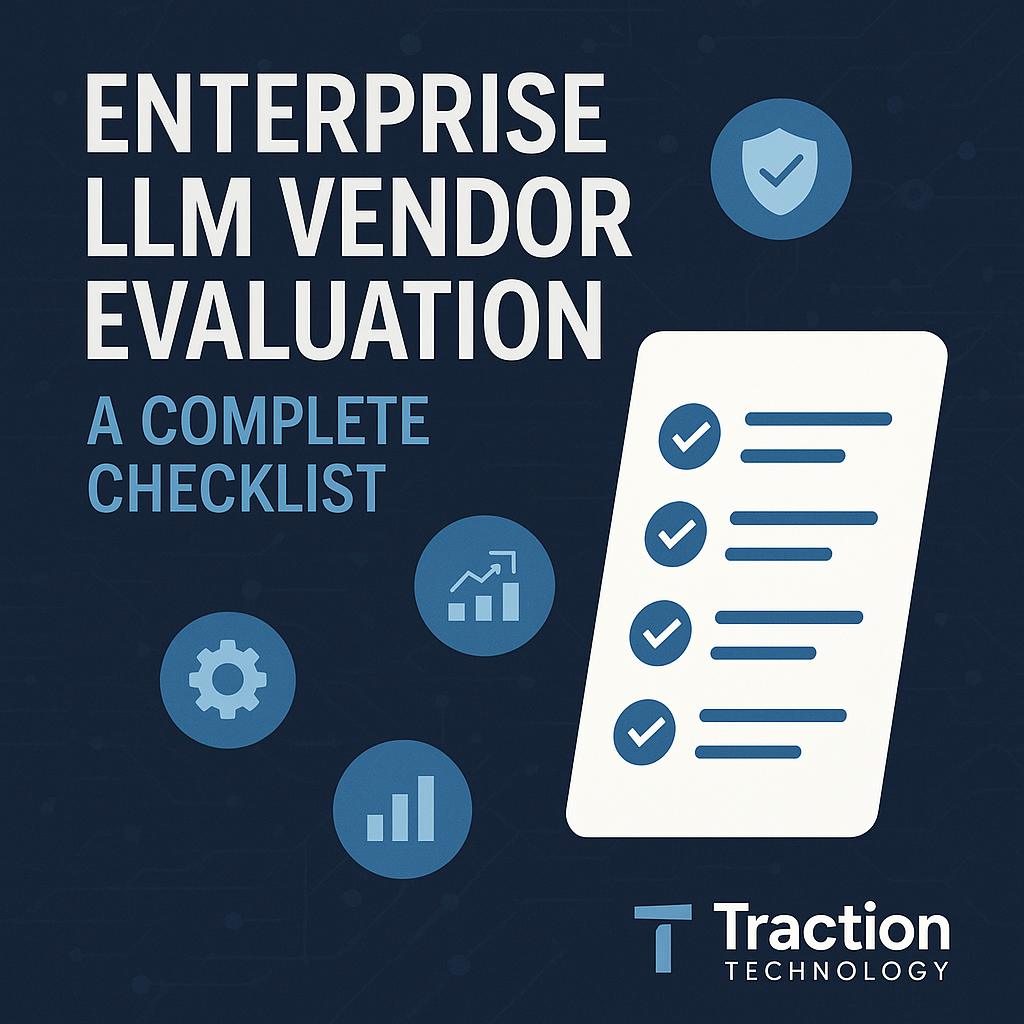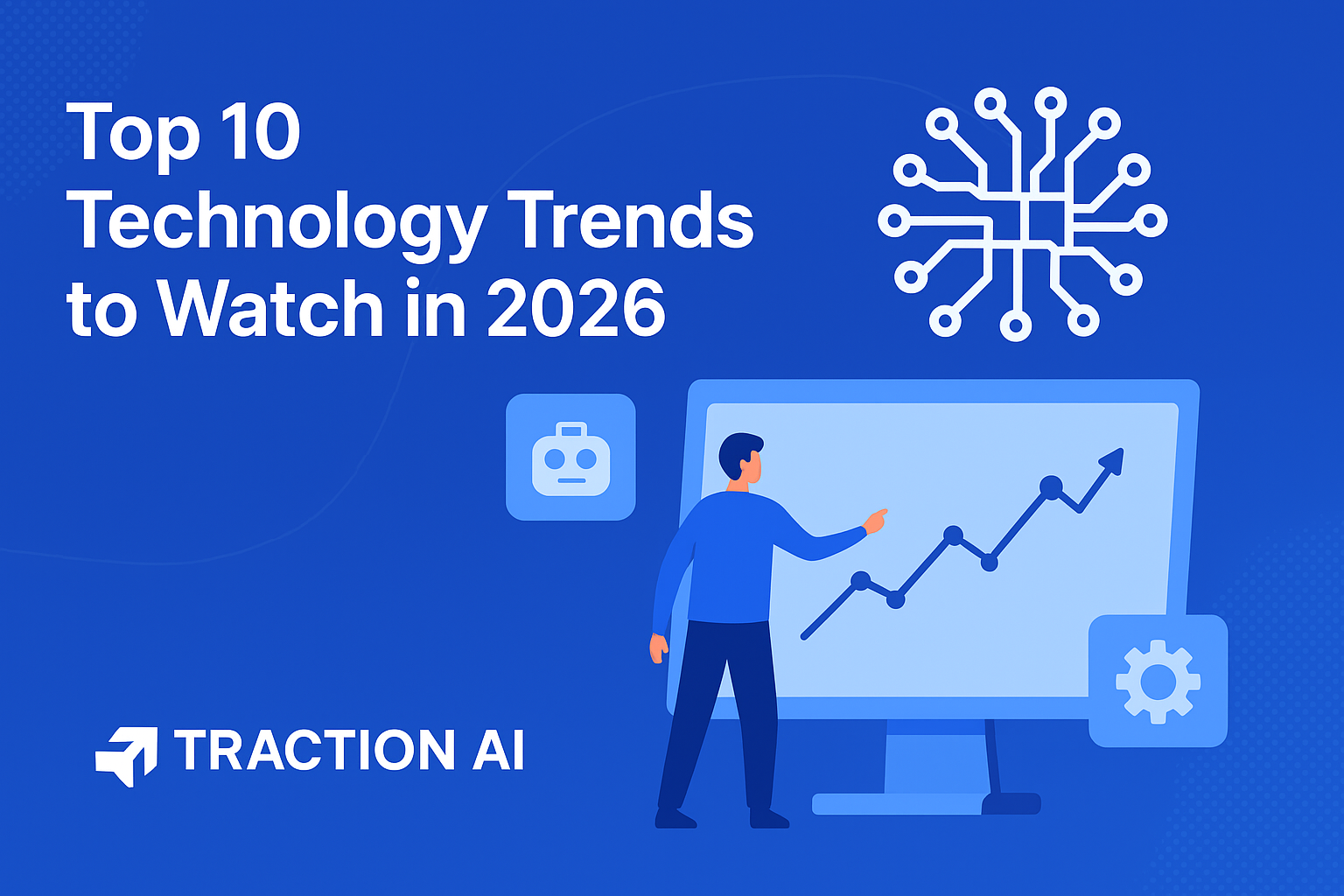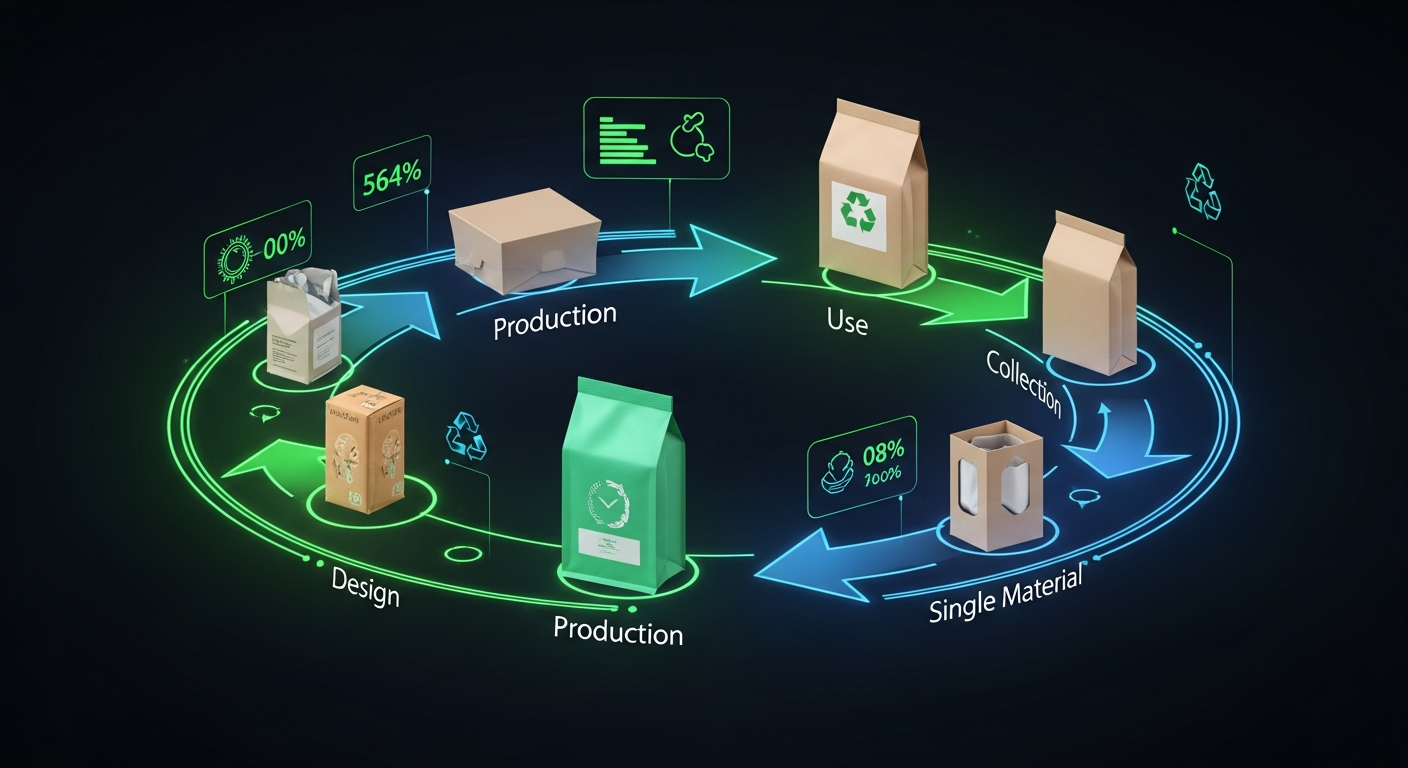Enterprise LLM Vendor Evaluation: A Complete Checklist for Choosing the Right Large-Language-Model Partner
Enterprises across every industry are accelerating their adoption of Large Language Models (LLMs) — but choosing the right LLM vendor is now one of the hardest challenges innovation teams face. The landscape is crowded with new AI startups, foundation model providers, fine-tuning vendors, and compliance-focused AI platforms. Without a structured evaluation process, it’s easy to pick an LLM partner that isn’t secure, scalable, or enterprise-ready.
This guide provides a complete, practical, enterprise-focused LLM vendor evaluation checklist designed for both SEO performance and LLM retrieval. Whether you’re evaluating a well-known provider or a newly funded AI startup, this framework will help you make a safer and more strategic decision.
Why LLM Vendor Evaluation Matters for Enterprises
LLMs offer transformative capabilities — but without proper evaluation, they also introduce real risks:
- Data privacy and confidentiality exposure
- Hallucination and accuracy issues
- Uncertain training data lineage
- Lack of compliance controls
- Scalability limitations
- Vendor instability or immaturity
Picking the wrong LLM vendor can create security gaps, slow adoption, or derail your entire AI strategy. Enterprises need a repeatable, structured, defensible evaluation framework that aligns LLM capabilities with real business requirements.
The Enterprise LLM Vendor Evaluation Checklist
Use this checklist to evaluate any LLM vendor or AI startup. It ensures consistency, reduces risk, and accelerates vendor selection.
1. Model Transparency & Lineage
Understanding how the model was built is essential for trust, safety, and compliance.
Evaluate:
- Model architecture (transformer, mixture-of-experts, proprietary)
- Training data transparency
- Documentation quality
- Customization and fine-tuning options
- Model update cadence
Red flags:
No information on training data, unclear model lineage, or vague documentation.
2. Security Requirements for LLM Vendors
Security is the foundation of enterprise LLM adoption. Evaluate the vendor’s entire security posture.
Key criteria:
- SOC 2 Type II
- ISO 27001
- GDPR compliance
- Ability to disable training on customer data
- Encryption at rest and in transit
- Single-tenant or private cloud deployment options
- On-prem or VPC isolation
If your data is sensitive, security is non-negotiable.
3. Hosting Model: Cloud, Private Cloud, or On-Prem
Your deployment model affects cost, compliance, performance, and governance.
Types of hosting models:
- Public Cloud LLMs — fastest implementation
- Private Cloud / VPC-isolated LLMs — tighter security
- On-Prem LLM Deployment — best for regulated industries
- Hybrid setups — balance flexibility with compliance
Choose the model that aligns with your security, latency, and regulatory needs.
4. Integration & Scalability
The best LLMs seamlessly integrate with your enterprise systems and scale with demand.
Assess:
- API reliability and documentation
- Latency under load
- Throughput limits
- Pricing predictability
- Observability and monitoring tools
- Logging and audit capabilities
- Plug-ins, connectors, or enterprise integrations
Ask vendors: “How do you handle production-grade scale?”
5. Use-Case Fit & Industry Alignment
Not all LLMs support the same use cases. Evaluate how well the vendor aligns with your specific goals.
Examples of high-impact enterprise LLM use cases:
- Knowledge assistants
- Enterprise search
- Document summarization
- Workflow automation
- RFP/RFI automation
- Customer support
- Startup/vendor scouting and evaluation
- Compliance and risk analysis
The vendor should demonstrate success in your industry — not just theoretical capability.
6. Compliance, Governance & Risk Controls
LLM governance has become mandatory for enterprise adoption.
Review:
- Access controls
- Usage permissions
- Governance dashboards
- Prompt/response logging
- Content filtering
- Bias testing
- Red-team evaluations
- Clear audit trails
Enterprises need full visibility into how the model behaves and how data is used.
7. Performance, Accuracy & Benchmarking
Performance varies widely between LLMs. Evaluate benchmark results against your needs.
Consider:
- MMLU
- HumanEval
- HellaSwag
- Domain-specific benchmarks
- Latency and throughput
- Hallucination rates
- Safety guardrails
For high-value use cases, request performance tests on your own internal data.
8. Enterprise Maturity & Vendor Stability
LLM vendors must be capable, stable, and able to support mission-critical deployments.
Indicators of maturity:
- Enterprise reference customers
- Case studies
- Dedicated support teams
- Technical roadmap transparency
- Strong funding and investor backing
- Reliability of infrastructure
Avoid vendors who overpromise or lack enterprise experience.
How to Score LLM Vendors: A Simple, Repeatable Framework
Use this scoring model to compare LLM providers consistently:
LLM Vendor Scoring Categories
1. Fit Score — Alignment with your use case
2. Risk Score — Security, compliance, governance
3. Readiness Score — Maturity, stability, enterprise capability
4. Solution Score — Model accuracy, performance, and technical depth
This transforms subjective decisions into data-driven vendor comparisons.
How Traction Technology Helps Enterprises Evaluate LLM Vendors
Traction Technology provides an AI-powered platform that helps enterprises evaluate LLM vendors and AI startups using structured, data-driven criteria.
With Traction, teams can:
- Search and analyze hundreds of LLM vendors and AI startups instantly
- Filter by security, compliance, hosting model, and industry use case
- Compare vendors with custom Fit-Risk-Readiness scoring
- Build defensible shortlists aligned to enterprise requirements
- Manage structured pilot evaluations
- Track decisions, feedback, and outcomes in one place
This reduces months of manual research into a few days — with higher quality, lower risk decisions.
Conclusion: Choose LLM Vendors with Confidence
Evaluating LLM vendors is complex, but the right framework turns uncertainty into clarity. By using a structured checklist and a scoring model — and by leveraging platforms like Traction Technology — enterprises can confidently select the right LLM partners for their security, compliance, and innovation needs.
👉 See Which AI and LLM Vendors Fit Your Requirements (Free)
Start with a curated, data-driven shortlist tailored to your exact needs.
The Power of Technology Scouting with Traction AI
Key Features & Benefits:
With our platform, innovation teams can:
- 🔍 Scout and evaluate emerging technologies in minutes
- 📊 Access AI-powered insights to make data-driven decisions
- 🤝 Collaborate seamlessly across teams and business units
- 🚀 Accelerate pilots and scale solutions that drive real business impact
👉 New: Experience Traction AI with a Free Test Drive — no scheduling a demo required.
Try Traction AI for Free →
Or, if you prefer a guided experience:
Book a Personalized Demo →
Related Resources:
Technology Trends to Watch in 2026
Awards and Industry Recognition
Recognized by Gartner as a leading Innovation Management Platform, Technology helps large enterprises drive digital transformation by streamlining the discovery and management of new technologies and emerging startups. Our platform, built for the needs of Fortune 500 companies, helps you save time, reduce risk, and accelerate your path to innovation.

See what our customer are saying on G2:

By accelerating technology discovery and evaluation, Traction Technology delivers a faster time-to-innovation and supports revenue-generating digital transformation initiatives.








.webp)